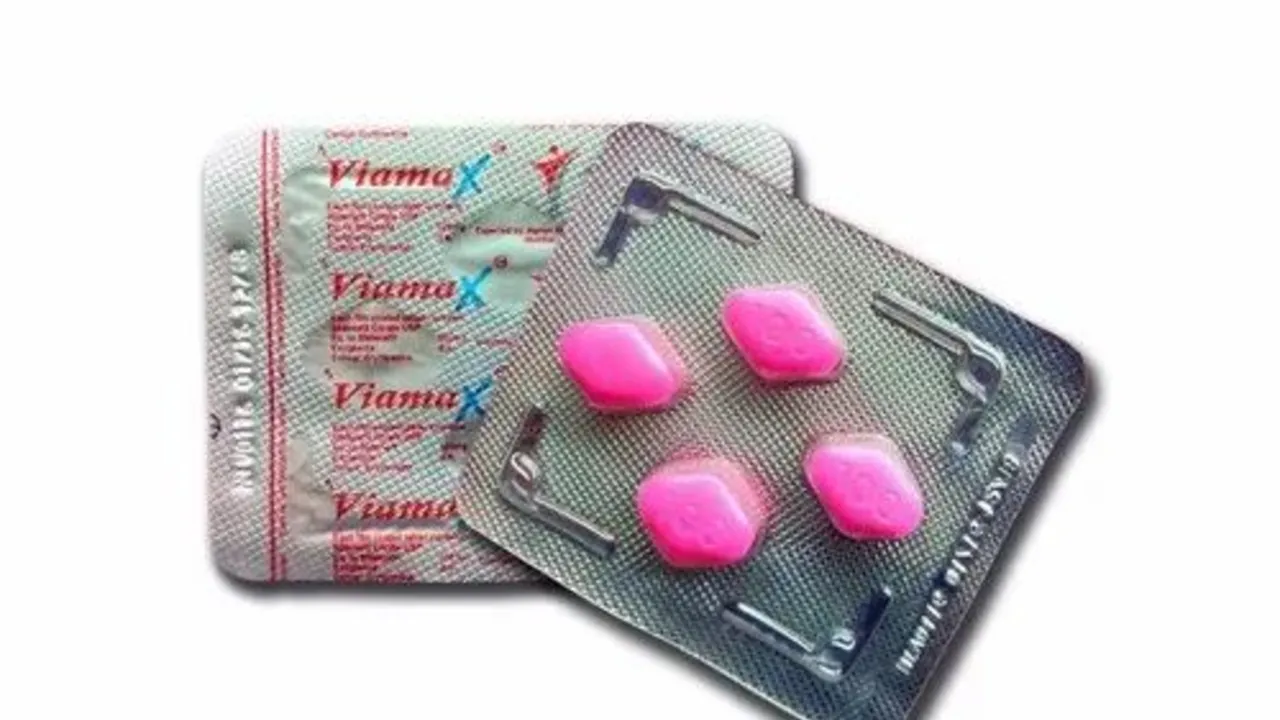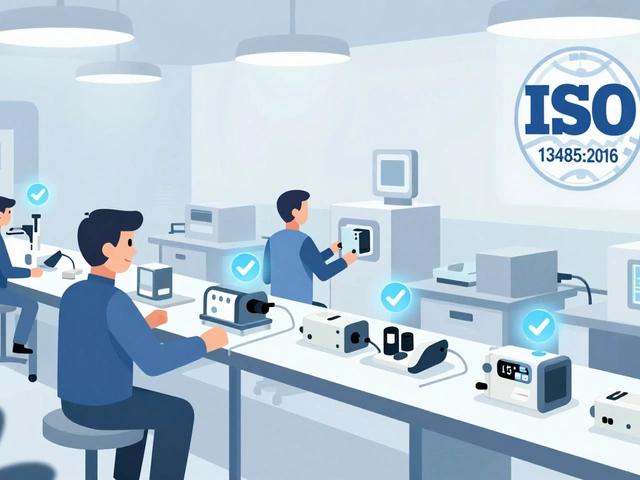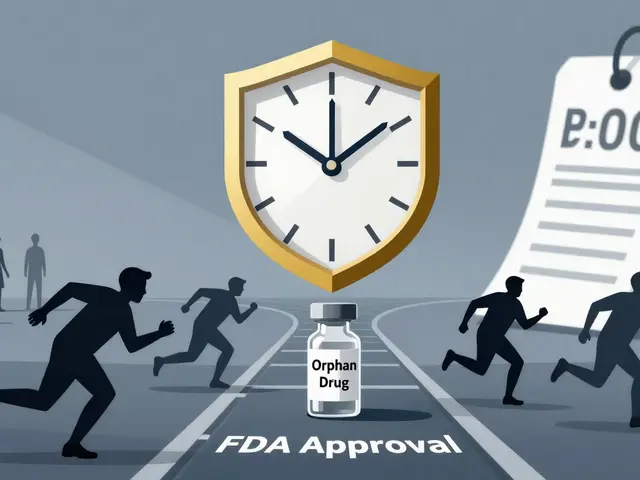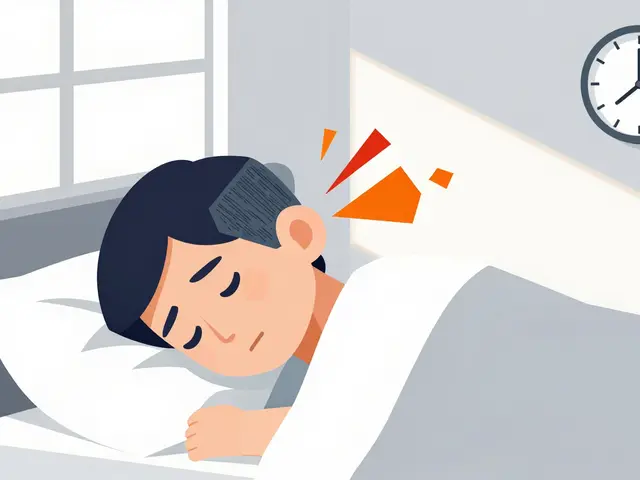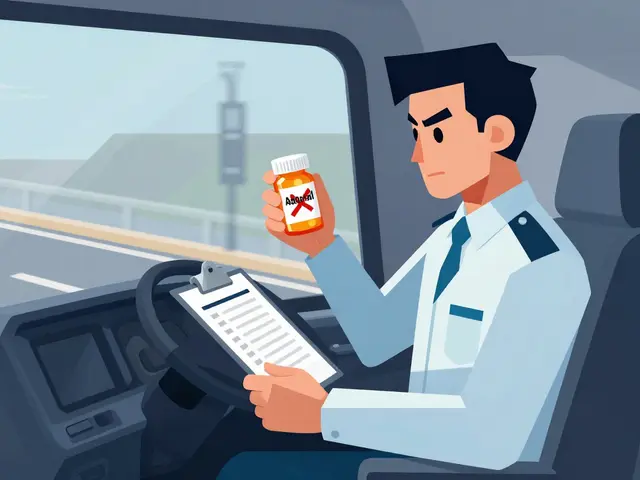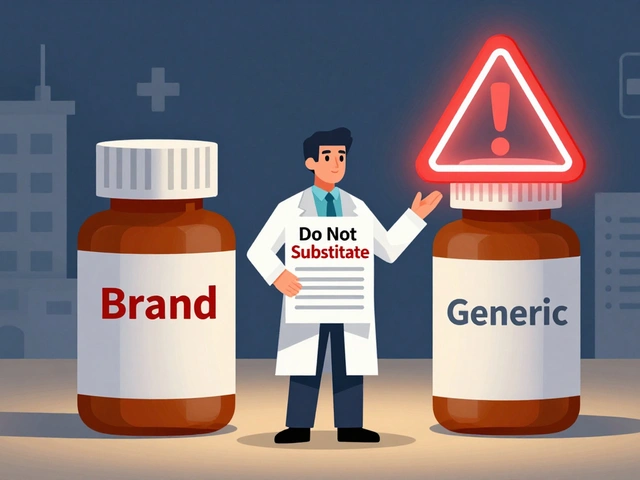Medication accessibility: How to find safe, affordable meds fast
High drug prices and confusing rules make getting medicine harder than it should be. This page gathers practical steps to find affordable prescriptions, safe online options, and programs that cut costs. Use the tips below to save money, avoid scams, and keep your treatment on track.
Find cheaper options without cutting safety
Ask your prescriber if a generic works for you — generics cost much less and work the same. Check drug discount tools and coupon services to compare prices at local and mail-order pharmacies. If you have insurance, call the plan to ask about preferred pharmacies, mail-order benefits, and prior authorization help. For expensive brand drugs, look up manufacturer patient assistance or copay cards — many companies offer programs that reduce or cover costs for eligible patients.
Safe online and mail-order buying
When buying online, pick pharmacies with clear contact info, a pharmacist you can call, and a physical address. Avoid sites that sell prescription-only drugs without asking for a prescription. Verify licenses through your country’s pharmacy board or NABP/VIPPS listings if you’re in the US. Read reviews, compare shipping policies, and watch for unusually low prices or fake packaging — those are red flags.
Use telemedicine or online clinics for quick refills when your condition and local laws allow it. Telemedicine platforms can save travel time and often link directly to trusted pharmacies. But don’t skip a proper exam for complex issues; follow-ups keep treatment safe.
Consider international or Canadian pharmacies only after checking legality and safety. Some medications are cheaper abroad, yet importing them may be restricted by customs and laws. If you go this route, choose licensed pharmacies with third-party verification and clear shipping timelines.
Split pills or buy larger supplies only after talking with your doctor. Pill-splitting can cut cost per dose for certain tablets, but it’s not safe for all drugs. A 90-day supply often lowers copays and boosts adherence, but confirm stability and storage rules first.
Use community resources: nonprofit clinics, state assistance programs, and pharmacy discount cards. Community health centers often help with low-cost meds and paperwork for assistance programs. Pharmacies sometimes have generic starter packs or low-cost programs for chronic meds — ask the pharmacist.
Protect your meds and privacy. Keep prescriptions in original bottles, store them per instructions, and dispose of unused drugs at take-back sites. When sharing personal info online, use secure sites and avoid public Wi-Fi for purchases or medical consultations.
Start small: call your insurer, ask your doctor about generics, and verify any online seller before giving payment details. Small steps often prevent big problems and keep your treatment affordable and safe.
Quick checklist: verify pharmacy license, compare three prices, ask for a generic, check shipping and return policies, confirm cold-chain handling for temperature-sensitive drugs, save receipts, enroll in refill reminders, join a drug discount program if it lowers cost, and ask the pharmacist about extra savings. Before you pay, keep copies and set calendar refill alerts monthly.
Hey there, this blog post takes you through my personal experience with Allgenericmedicine.com, a leading online pharmacy. We'll chat about my first-hand encounter on the site's user-friendliness, product range, and pricing, to my impression of their customer service. Not stopping there, I'm also going to spill the beans on their delivery speed, to help you weigh whether this might be your next go-to pharmacy. Get set to delve into an honest review of accessing affordable healthcare right at your doorstep.
Continue reading...

